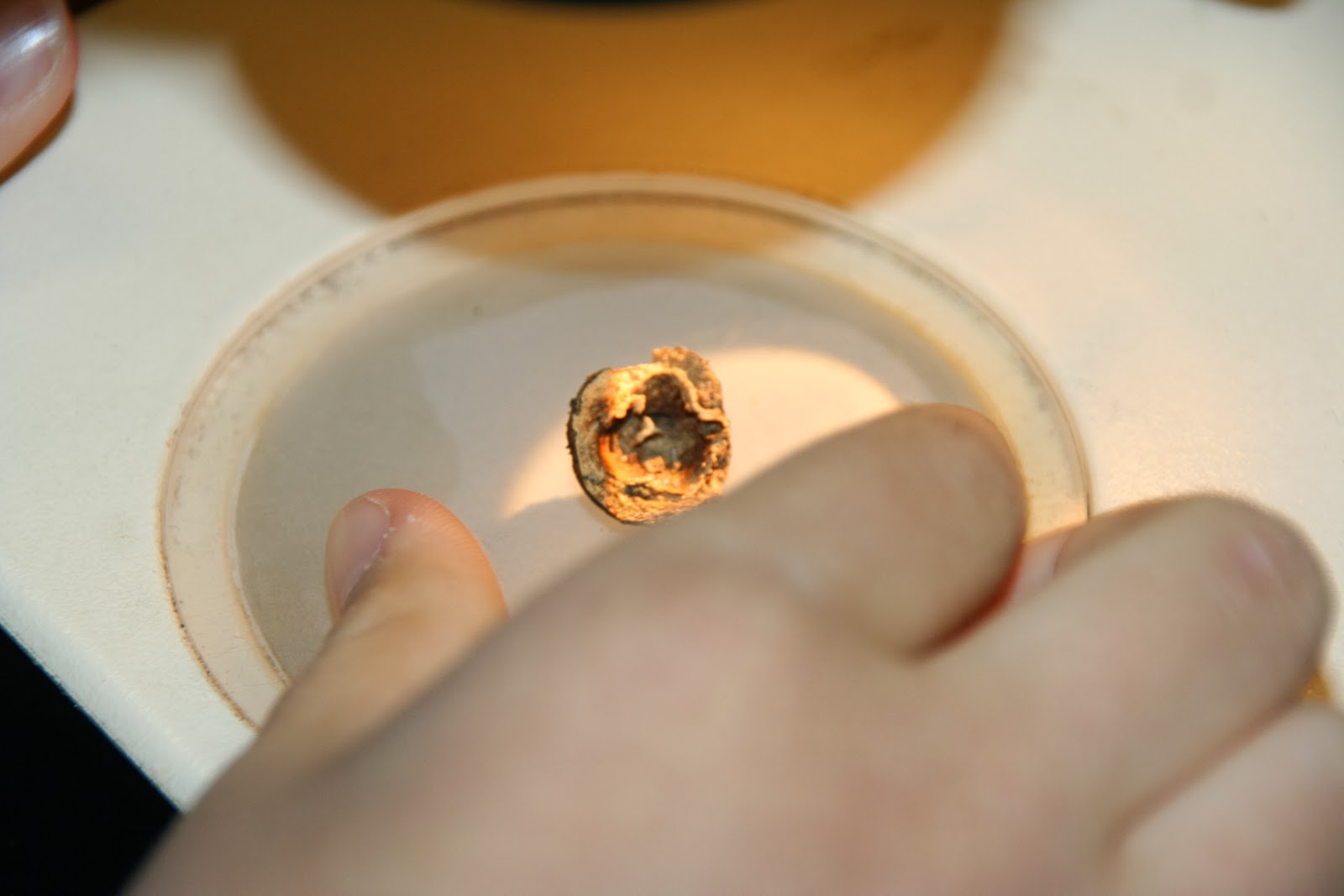This Thursday, March 20, is ENWYC. Last week’s class was very busy. We
had lots of show and tell items from beaver sticks, blue pine cones, and sweet
gum balls to a cocoon, pupa, and gall. One of the highlights of the night was
the musk turtle. One child brought in some jelly-eared fungus that was a nice
segue to viewing our fungi cultures under the microscope. It should be
interesting to see what this week’s class will bring.
On Thursday, March, 27, there will be a special event going on at the Fernbank Science Center. The event is “Science at the Center”. It runs from 6 – 8 pm. Our ENWYC group will meet that night and explore the different activities around the center from robotics to chemistry to the life cycle of a Monarch butterfly and more. This event is part of the Atlanta Science Festival.
The Fernbank Science Center will also be hosting another festival event on
Saturday, March 22, 2014 from Noon – 3 pm. The event is called Nano Day. The Atlanta Science
Festival runs from March 22 – March 29, 2014. Each day, there are lots of
events all around the city. Most of the events are free. Some require
pre-registration. For a complete listing, go to http://atlantasciencefestival.org/.
The festival culminates in an Exploration Expo at Centennial Olympic Park.
The Exploration Expo is on Saturday, March 29, 2014 from 11 am – 4 pm. There
will be more than 100 interactive science booths and shows. Admission is free.
In case of inclement weather, check the website for any last minute changes such
as relocation to the Georgia World Congress Center.


















































